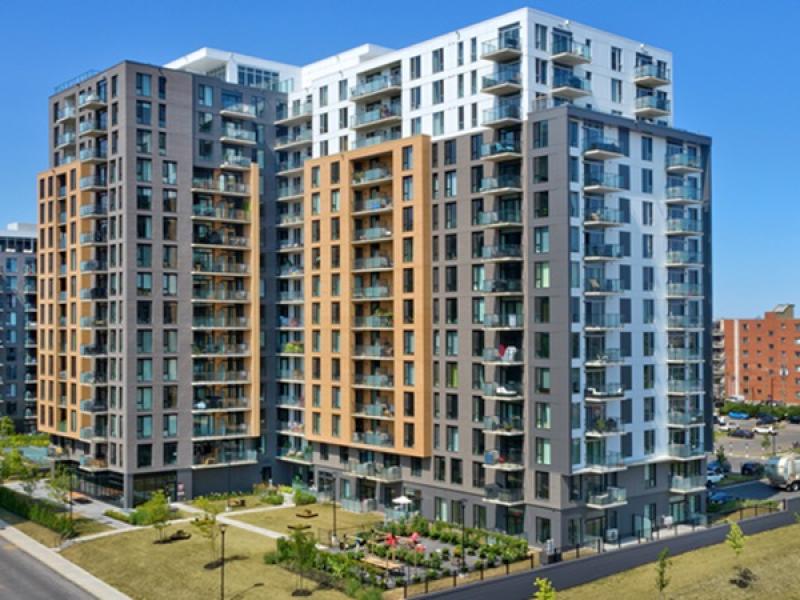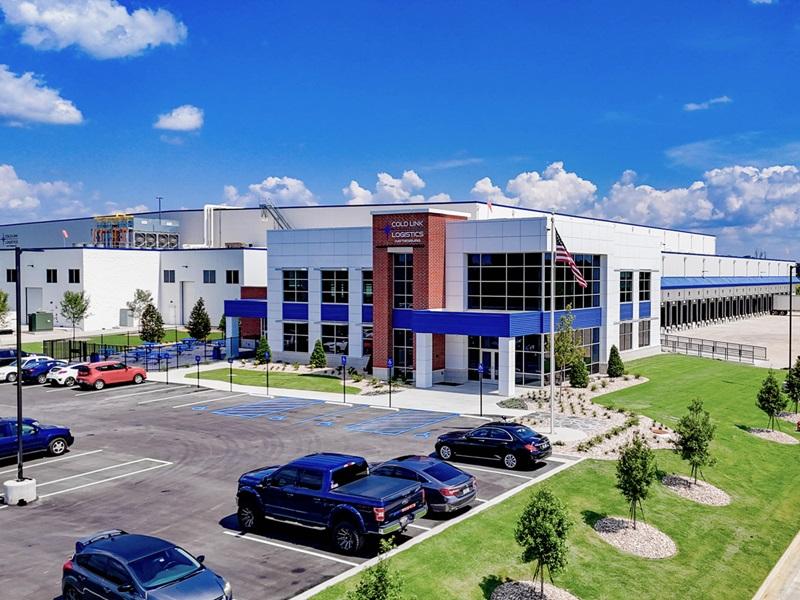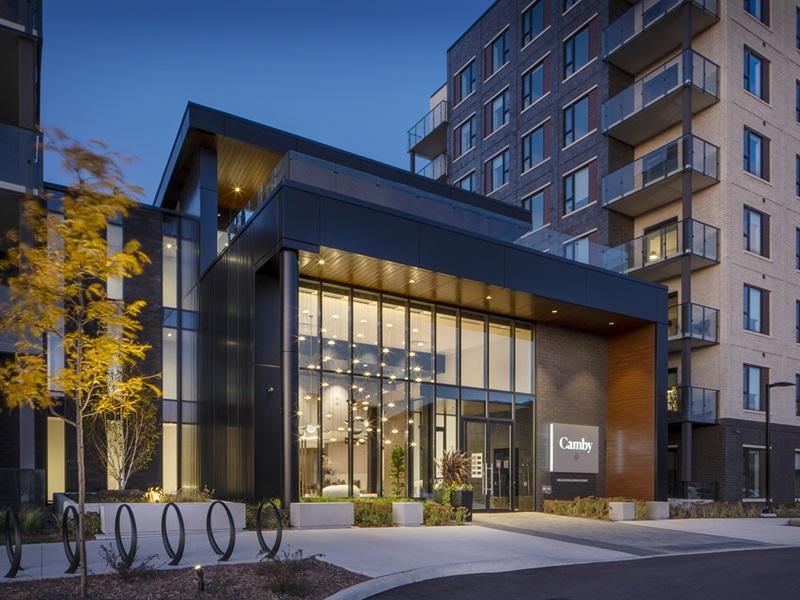 After reaching a record high vacancy rate of 10.3 per cent in 2016, the multifamily sector in Saskatoon has rebounded.
After reaching a record high vacancy rate of 10.3 per cent in 2016, the multifamily sector in Saskatoon has rebounded.
The latest Canada Mortgage and Housing Corporation report, which was just released, indicates as of October 2019 that rate dropped to 5.7 per cent. That’s a significant decrease in just three years – 4.6 per cent to be exact – despite a rising supply of new rental units.
There are three major factors that contributed to absorption exceeding the new supply:
* the report indicated between January and September 2019, there were 5,600 mostly full-time jobs added to Saskatoon’s economy;
* many households turned to rental accommodation due to the federal government’s introduction of more stringent mortgage qualification rules;
* and international migration contributed to population growth in Saskatoon.
Multifamily rental rates
The average rent increased two per cent over 2018 to $1,046 per month.
That average breaks down to $722 for bachelor suites, $930 for one-bedroom apartments, $1,129 for two bedrooms and $1,280 for three bedrooms.
This is the second consecutive year rents have increased.
As you might guess, condominiums command higher rents due to the additional amenities they typically have to offer.
One challenging area remains
The 2019 report indicated Saskatoon Southwest is still struggling, with a vacancy rate in excess of 12 per cent.
Of the nine areas within the report, the two reporting the next highest are Central, which is just under seven per cent, and North, which is just over seven per cent.
In contrast to the Southwest with the highest, as you can see by the accompanying graph, the West has the lowest vacancy at 2.5 per cent.
With a drop of 2.6 per cent in the Saskatoon apartment vacancy in just one year (in spite of an increase of 477 units on the market) and following the trend of the last three years, I feel pretty safe in projecting that CMHC will be reporting an average rate of under five per cent in its fall 2020 Market Update.
This trend of continued absorption, depending upon the amount of new construction, is likely to place continued pressure on rental rates.







